| Author |
Message |
    
richarddurgee
Senior Member
Username: richarddurgee
Post Number: 2071
Registered: 11-2001
| | Posted on Monday, April 20, 2009 - 08:44 am: | 




|
*
Dick Day brought to my attention that the Chesapeake waterman refered to the area around the exhaust manifold as the "Stove", they would pipe heat into the carb intake to keep ice from accumulating in the throat area. Flying carbureted piston aircraft it was routine to check the cable controlled air duct that diverted exhaust heat to the intake and I have used it on many occasions to clear intake ice even on summer days in Florida !
This 1911 Stanley photo shows a sheet metal stove piped to the Carb !
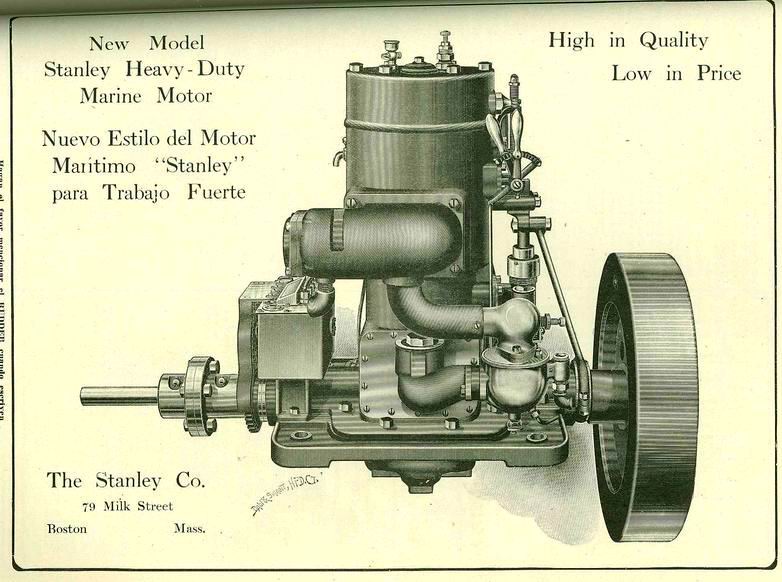
* |
    
richarddurgee
Senior Member
Username: richarddurgee
Post Number: 2073
Registered: 11-2001
| | Posted on Monday, April 20, 2009 - 03:34 pm: | 




|
*
Just looking at my notes and Dick had said the old chesapeake watermen refered to the area around the exhaust pipe as The OVEN I posted it using the word STOVE sorry about that !!
** |
    
richardday
Senior Member
Username: richardday
Post Number: 739
Registered: 11-2003

| | Posted on Monday, April 20, 2009 - 04:12 pm: | 




|
I am sure from the very first operational engine using gasoline the frosting up of the mixing valve or equivelent must have been obvious to anyone who happened to put their hand on the intake around the needle valve. It would not take a rocket scientist to figure heating the intake air would be a good idea to keep the mixture from frosting up the carburetor/mixing valve. Another trick was to suck damp air out of the bilge to improve performance on dry days.
In one article I read the release of case headed gasoling about 1912-14 caused a stir among the watermen with their two strokes as they considered it not much better than kerosene. Prior to adopting the case heading process gasoline was very high test almost comparable to aviation gasoline. |
    
bgoss
Senior Member
Username: bgoss
Post Number: 110
Registered: 12-2007
| | Posted on Monday, April 20, 2009 - 07:35 pm: | 




|
How many different styles can we document?
Here's a small pre-heater on a Gray Motor Co.
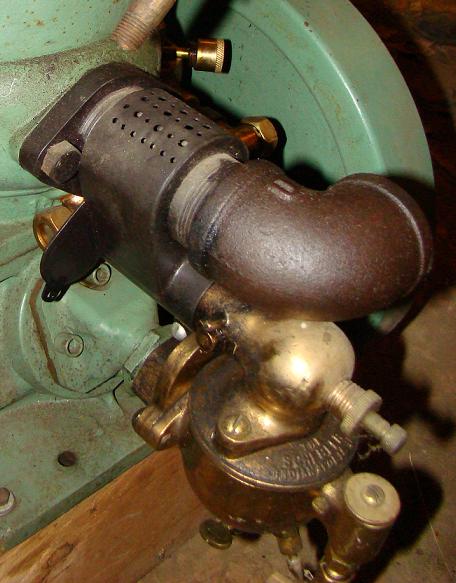 |
    
richarddurgee
Senior Member
Username: richarddurgee
Post Number: 2075
Registered: 11-2001
| | Posted on Monday, April 20, 2009 - 08:02 pm: | 




|
*
Water heated Hicks's
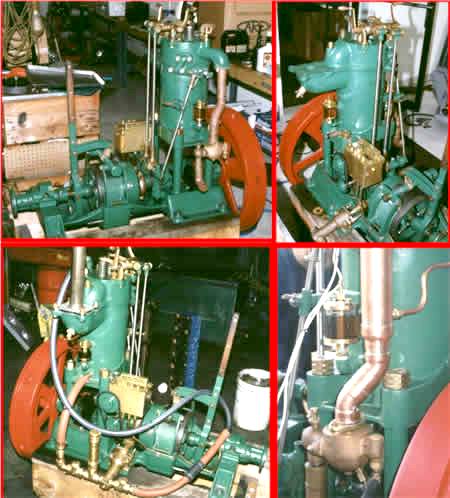
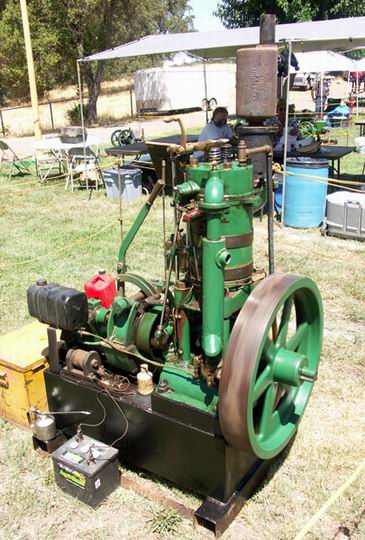
* |
    
richarddurgee
Senior Member
Username: richarddurgee
Post Number: 2076
Registered: 11-2001
| | Posted on Monday, April 20, 2009 - 08:58 pm: | 




|
*
This may take the prize for being the longest heated intake tube ?
Strelinger 1899 ca
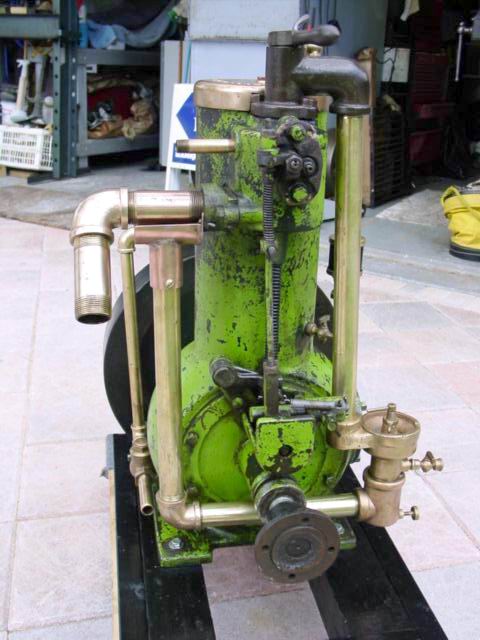
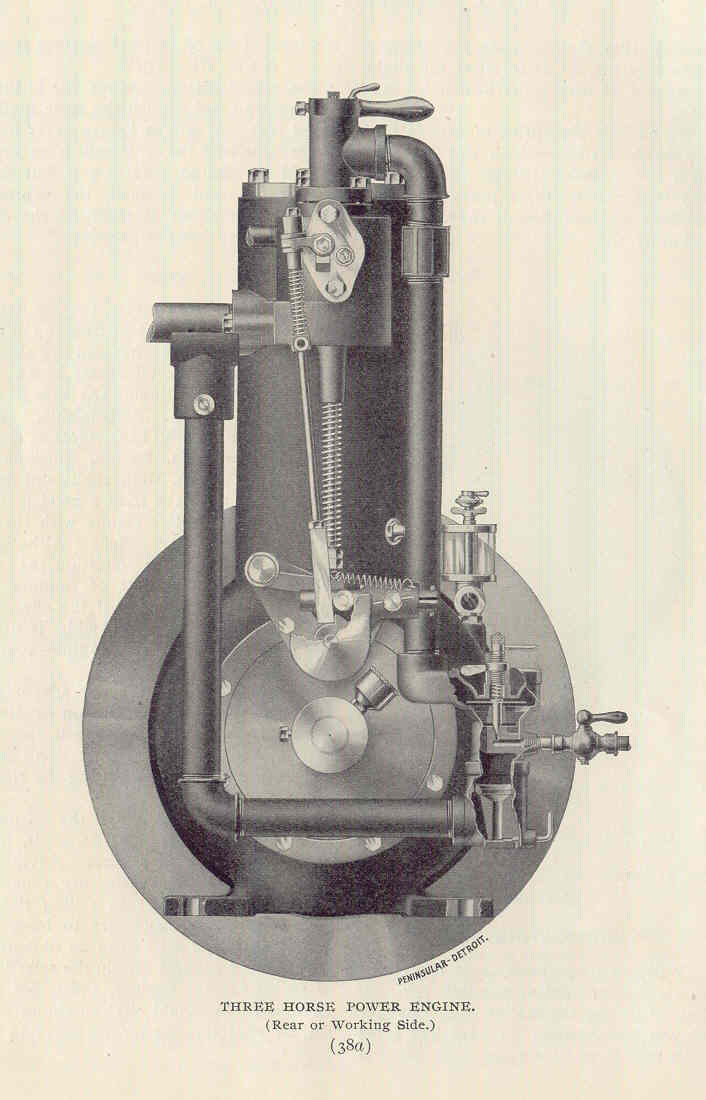
** |
    
richarddurgee
Senior Member
Username: richarddurgee
Post Number: 2077
Registered: 11-2001
| | Posted on Monday, April 20, 2009 - 09:45 pm: | 




|
*
1890's Truscott
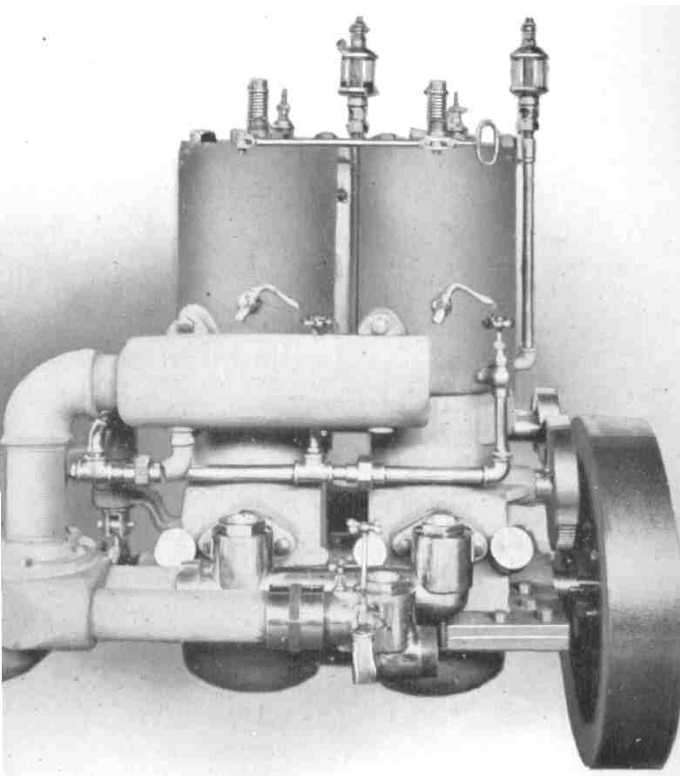
* |
    
richarddurgee
Senior Member
Username: richarddurgee
Post Number: 2078
Registered: 11-2001
| | Posted on Tuesday, April 21, 2009 - 07:57 am: | 




|
*
Standard drew heated air through an airway cast into the cylinder base.
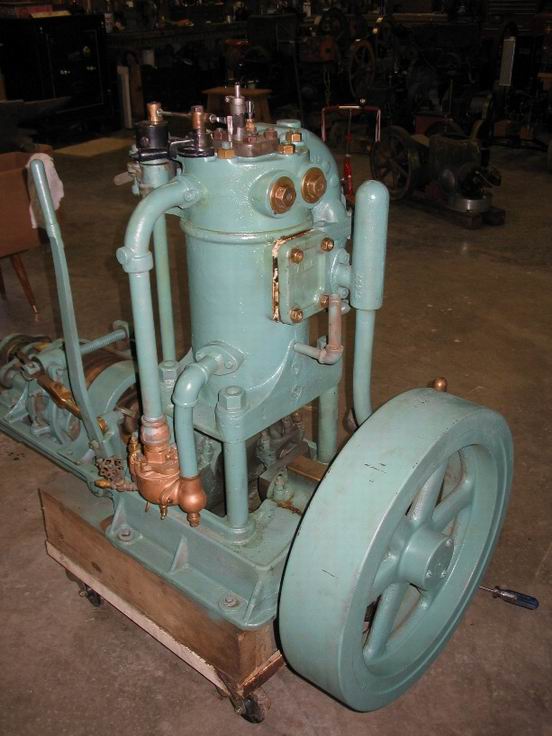
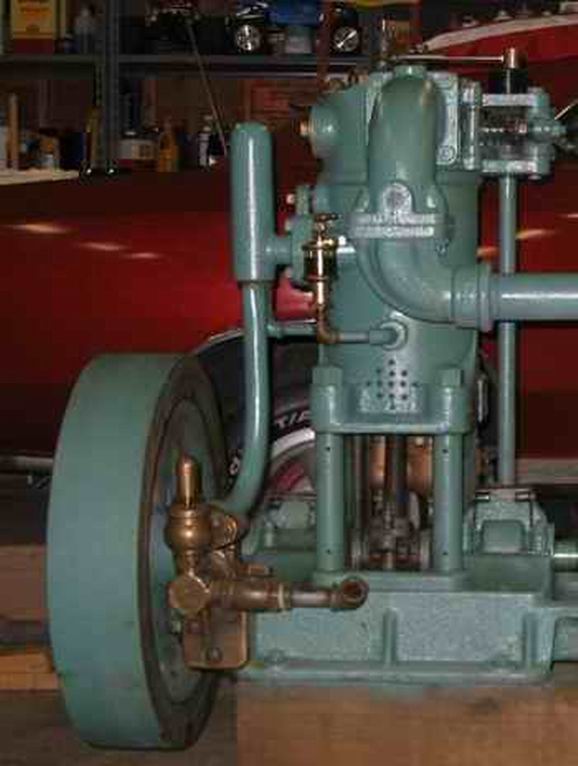
* |
    
bgoss
Senior Member
Username: bgoss
Post Number: 111
Registered: 12-2007
| | Posted on Tuesday, April 21, 2009 - 09:28 pm: | 




|
Great photos Richard. That Standard looks like its going to suck all the engine coolant through the carb!
Those are pretty thin spokes on the Hicks engine.
Here is a Pierce with the intake wrapped around the base of the water jacket.
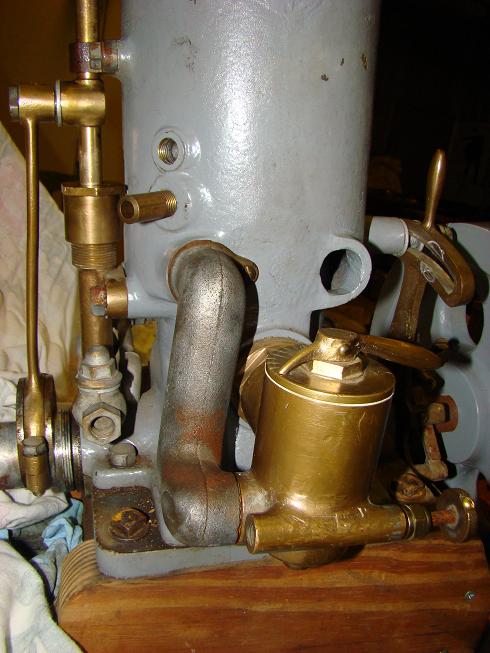 |
    
richarddurgee
Senior Member
Username: richarddurgee
Post Number: 2082
Registered: 11-2001
| | Posted on Friday, April 24, 2009 - 07:53 am: | 




|
*
So far this 1904 20th Century Marine Engine appears to be the top contender for the longest fuel intake pipe ??
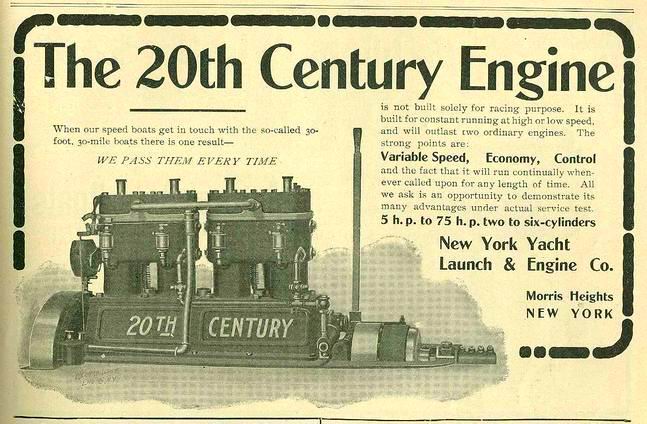
** |
    
capmo
Member
Username: capmo
Post Number: 9
Registered: 06-2008

| | Posted on Monday, May 04, 2009 - 01:32 pm: | 




|
The heated air is a major detail I have overlooked on two working engines. I get lots of water condensing on the intake and carb but never ice. What does the heated air do for combustion and mixture? |
    
richarddurgee
Senior Member
Username: richarddurgee
Post Number: 2085
Registered: 11-2001
| | Posted on Monday, May 04, 2009 - 09:22 pm: | 




|
*
Captain Polse, Not sure you have overlooked or missed anything for not having to address a Carb/intake manifold icing problem, if your engines have started and run until warmed up year round for all these years then it ain't broke and don't need fixin !!
For those unfamiliar With Captain Maury Polse he probably has more hours and years of anyone I know of actually operating daily an antique boat, The "DIXIE" a tour boat out of San Francisco Bay powered for many years with an old style 8 Hp single Hicks and is now running with a Yuba twin Hicks .
Just a quick explanation of this is to understand the physics term "Latent Heat of Vaporization". If a pan of water is heated on a stove with a thermometer in it and the temp rises to 212 F nothing happens if a lot of additional heat is applied the water will start to boil and the thermometer still reads 212 f, this large amount of heat needed to change from liquid to a vapor is this unseen or unmeasured latent heat. When gasoline changes from a liquid in the mixer valve or carburetor to a combustible vapor it needs lots of heat from somewere or the moisture in the gas and in the air turns to ice and blocks the flow or the gas doesn't turn to a vapor but just forms globules in the intake and the engine stalls or runs very poorly. The heating devices in above posts were attempts to get the engines started and running until enough heat is generated to overcome the problem. So the initial starting and running was enhanced by heated intake air BUT the other edge to the sword was that when the engines warmed the continued use of heated intake air actually detrtacted from an optimum fuel mixture-- I have wondered why a simple valve to use or divert heated air wasn't commonly used ??
On several of the old style single Hicks engines from the San Francisco area a common alteration was to shorten the intake pipe and add a mechanical fuel pump actuated by the valve push rod, with the atomized mixture going right into the cylinder head the problem was solved !
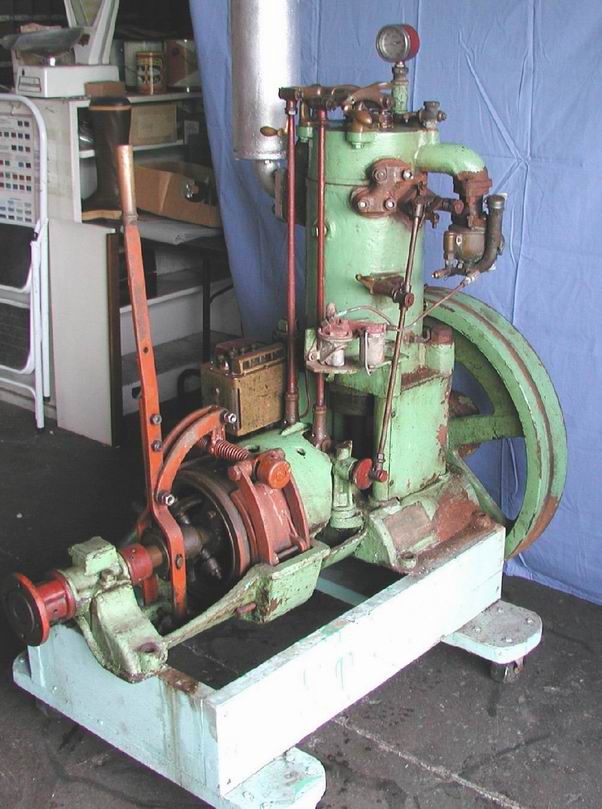
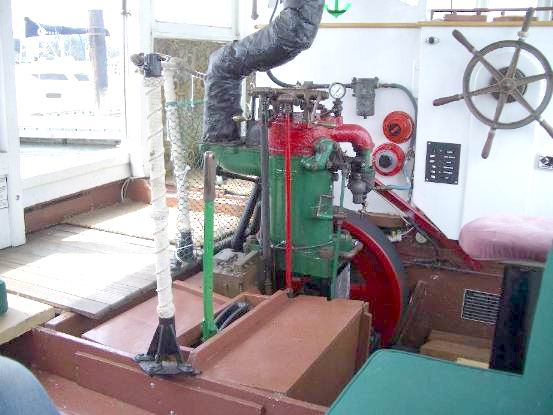
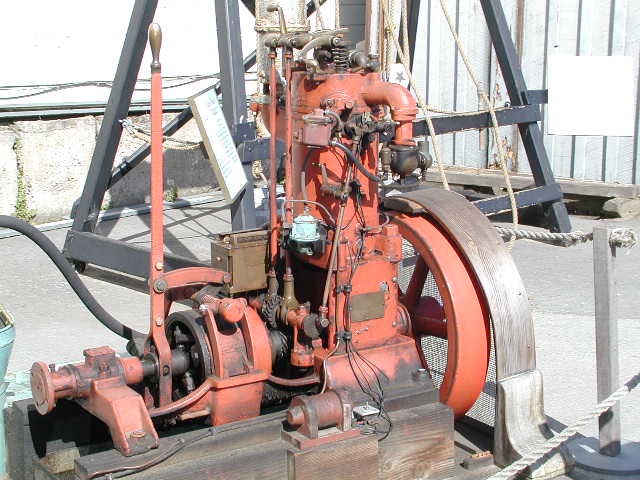
** |
    
searcher
Senior Member
Username: searcher
Post Number: 303
Registered: 10-2004
| | Posted on Monday, May 04, 2009 - 10:26 pm: | 




|
I've always called these devices 'stoves' but Schebler referred to them as 'hot air drums'.
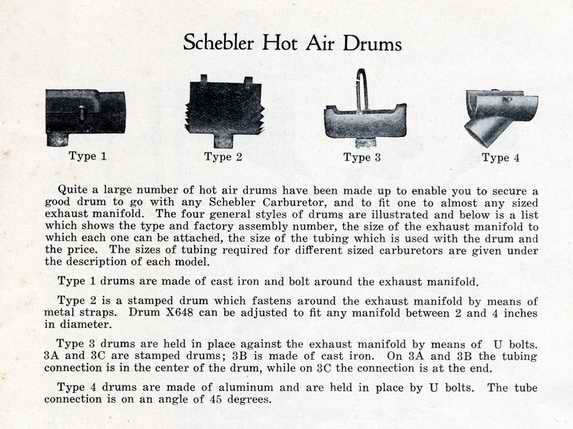
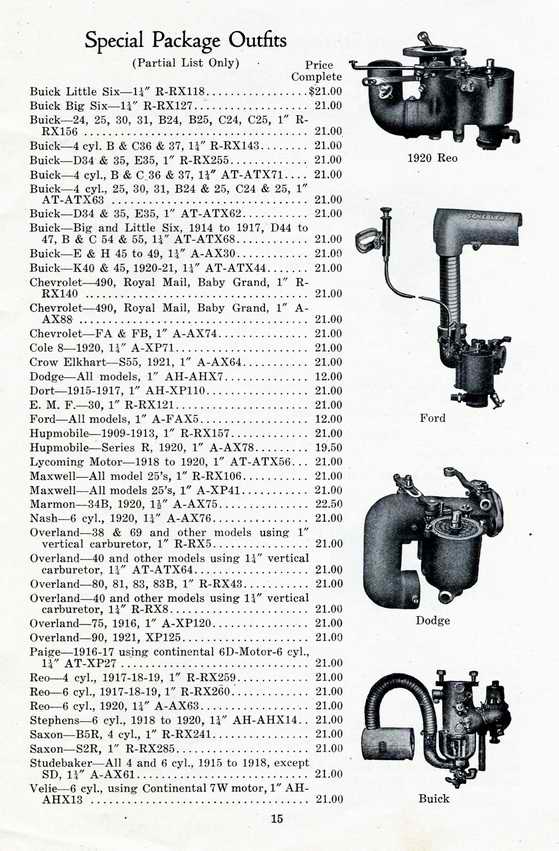 |


